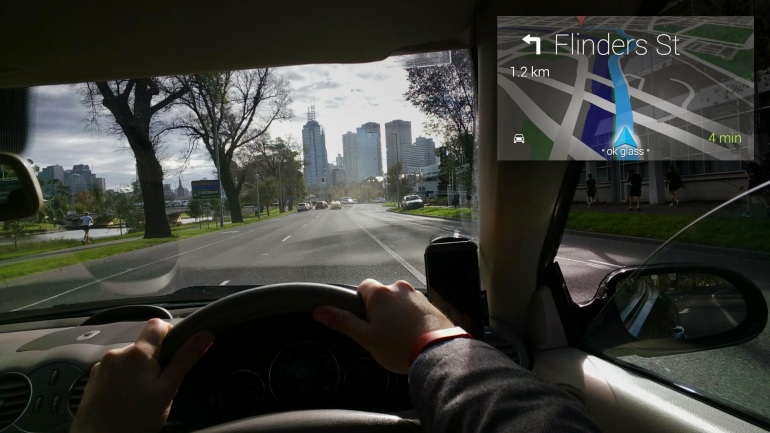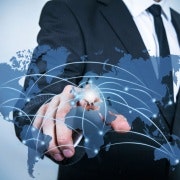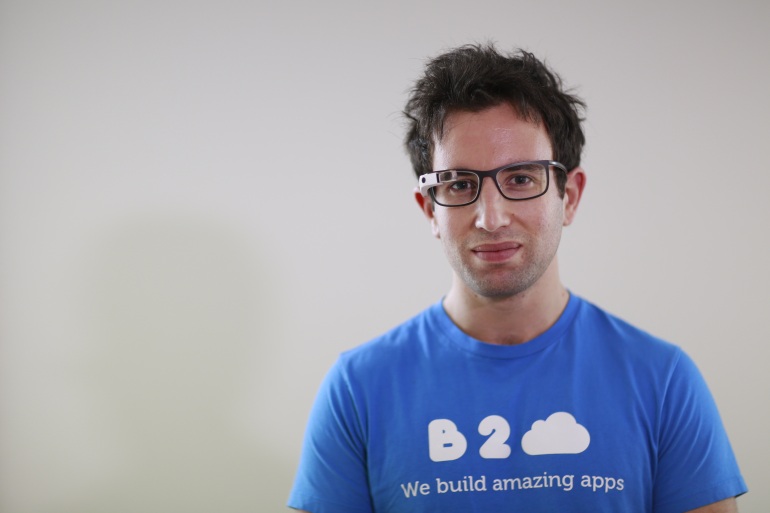Gearing up for the wearables revolution
The recent announcement of Apple’s watch defined the next must-have gadget for tech-hungry consumers.
But with smartwatches, fitness trackers, head-mounted displays and other wearable devices forming the latest craze in consumer electronics, some business leaders are already asking how they will manage and utilise them for their workforce and customers.
Australians have demonstrated a mania for personal technology. Australia ranks sixth globally for smartphone usage, according to Google, with 64.6 per cent penetration, just seven years after the release of the first iPhone.
The rapid uptake of smartphones caught many organisations by surprise, both in terms of the strong desire of employees to bring them to work, and customer demands to use them as a means of interaction.
There are signs the adoption of wearable technology could happen faster still. Deloitte has estimated the global market for wearables at $US3 billion, and according to the analyst firm Telsyte, there were already 380,000 smartwatches in Australia at the end of June this year.
This figure does not include the many wearable health monitoring devices currently available, such as the FitBit or Nike’s Nike Fuelband.
In some ways the Apple Watch is simply the latest iteration of a fast-moving new category, with Samsung having already released the third generation of its Gear smartwatch.
Samsung’s vice president for enterprise business Craig Gledhill says professionals and managers have shown strong interest in the device, as it is a more personal and less obtrusive way of sending and receiving information.
“We will see a large deployment of wearables in corporations, probably far more than we expected,” Gledhill says.
Samsung has worked with Swinburne and Deakin universities on putting student management information such as scheduling, calendaring and alerts onto Gear Watches. Another trial with Australia Post has seen one of its apps for parcel delivery staff ported to the Gear.
For Bendigo and Adelaide Bank, its wholly-owned subsidiary Community Telco Australia has worked with Samsung to develop a version of its redy payment system for the Gear smartwatch.
Community Telco’s chief executive officer Mike Joss says the result is a mobile payment system that enables point-of-sale transactions entirely using the watch. The user simply enters a PIN into the watch and then scans the point-of-sale terminal’s identifying barcode to complete the sale.
“We have no doubt at all that wearables will be mainstream eventually, so our thinking is that if we have the platform to do it, and we believe that consumers will use it, then this is a good opportunity to get in and learn in a live environment,” Joss says.
“We know that banking is changing, and we know that consumer behaviours are changing. And the way they bank is certainly going towards online and mobile more than ever before.”
But it is not just smartwatches that have business leaders exploring opportunities.
In March this year, Facebook bought the virtual reality headset developer Oculus Rift for $US2bn, signalling its ambition to create new forms of human-to-computer interaction.
Some Australian organisations, including Westpac, have also begun developing applications for Google’s head-mounted display system, Glass.
Melbourne-based developer b2cloud has also been working with Google Glass for more than a year in partnership with Telstra. One of its creations is an application that uses the Glass’ inbuilt camera to help identify objects for the visually impaired.
b2cloud's Josh Guest
b2cloud’s managing director Josh Guest says he is getting more inquiries from CIOs and CTOs wanting to know how they can use Glass or other wearables.
“In the last five years, IT has been completely driven by consumer behaviour, which is driving what CIOs and CTOs have to manage in organisations,” Guest says. “The challenge for businesses is to make sense of what to do with each devices and what it means for their customers, or what it means for them and how they do business.
“The only way to make sense as to how each device works for a particular business or industry is to experiment.”
The head of digital for b2cloud client L'Oréal Australia, Christophe Eymery, says his company tries to remain very pragmatic about technology, with a test-and-learn approach.
“Wearable technologies offer tremendous opportunities in beauty and the technology is about to become significantly more scalable, this gives ground to deploy new beauty services for our customers,” Eymery says.
This strong interest also means big opportunities for new device makers as well, such as Lifeable, which is building a device centred on payments, public transport and restricted access.
Co-founder Joe Millward says he and business partner Max Ryerson believe ubiquity and frictionless interactions are key when developing a wearable device.
“In terms of business application of wearables, we see a possible explosion in the next 24 months, where technology continues to provide simplicity and efficiency to the end user by taking on wearable form factors that to this day were not able to appeal to the masses,” Millward says.

Applications based on Google Glass are expected to rapidly develop over the next two years
The growing opportunity in wearables has led the US-based enterprise software maker Salesforce to create a new technology platform called Salesforce Wear, and reach out to the world’s developer community to seek ideas on how these devices might integrate with its software.
Salesforce’s senior vice-president Daniel Debow sees enormous opportunities for enterprises to harness new consumer devices.
“The cycles that used to take ten or 20 years are now taking one and two or three years for massive new adoption,” Debow says. “If you look at the growth rates, they are growing much, much faster than smartphones were growing at a similar stage.
“This is not just about new consumer applications. We see this as a huge opportunity for enterprise applications.”
Some of the applications developed include one from by APX-Labs that uses a head-mounted display to enable field workers to manage service cases while they work, including accessing histories and viewing videos.
“When you are talking about field technicians it is very powerful if they can do this in a hands-free context,” Debow says.
Another app developed by Brivo Labs uses a heartbeat monitoring device from Nymi to determine a person’s unique cardiac rhythm, and uses it in an identity management and access control system, while a system developed by Alpine Metrics uses a smartwatch to send unobtrusive alerts to sales managers.
Debow says the rate of adoption and innovation in wearables means business should be thinking now about significant problems that could be solved with wearable technology.
“This is not going away,” Debow says. “So it is really incumbent to think about some really key high value projects where wearables can be applied.”

















